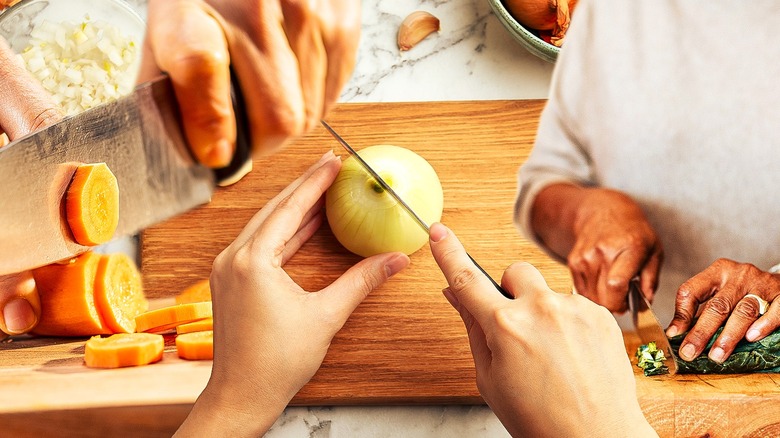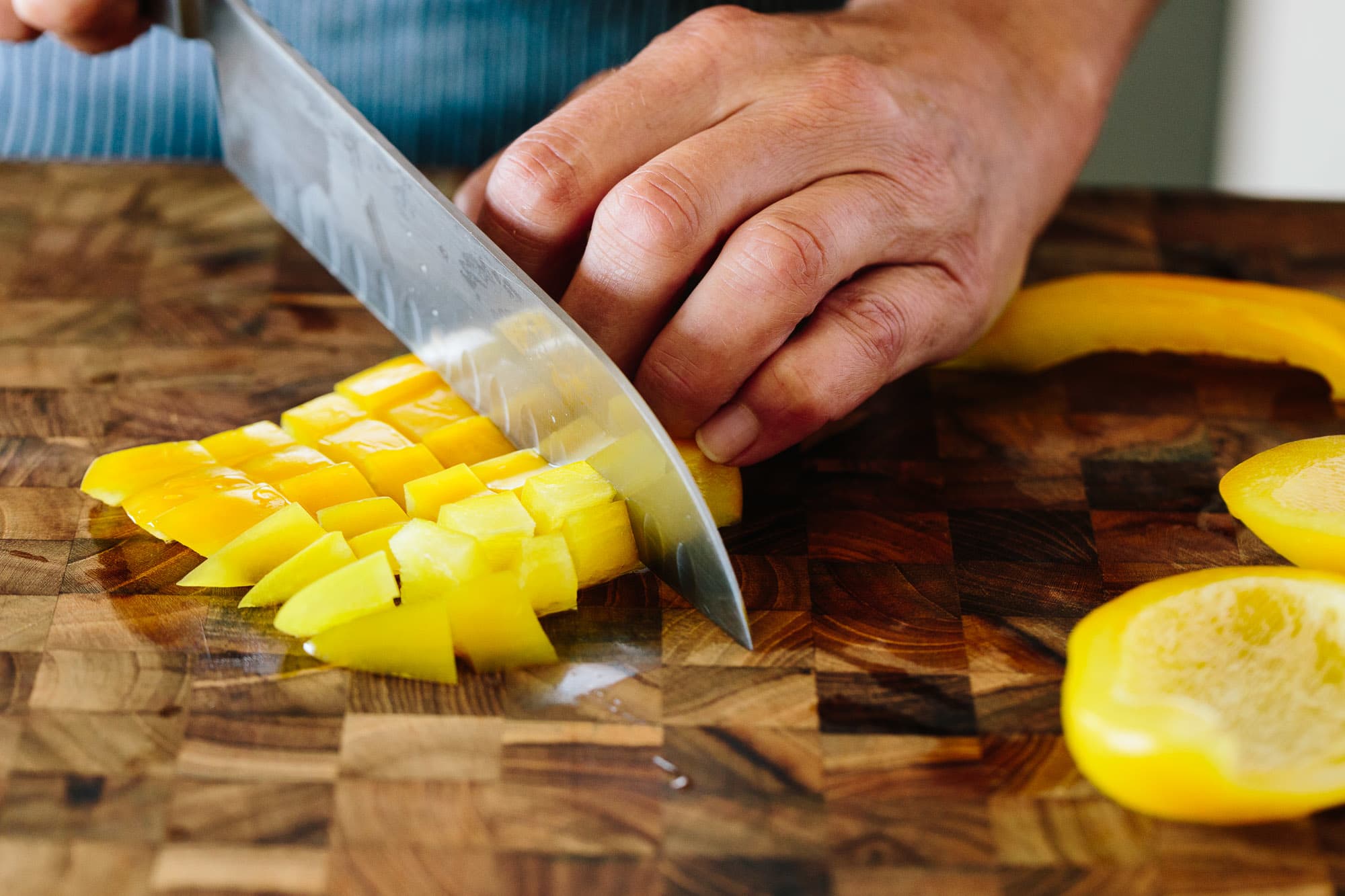There comes a time in every kitchen professional's life when they need to ask themselves, 'how to resurface cutting board?' With regular use, cutting boards, whether wood or plastic, can easily develop scratches, grooves, and stains that start to harbor bacteria. Resurfacing your cutting board not only makes it safer to use but also ensures it looks fresh and new. This guide will walk you through the entire process and help you maintain one of your essential kitchen tools.
Cutting boards are indispensable for food preparation in any establishment. They come in various materials like wood, bamboo, glass, and plastic, each bringing its unique advantages and challenges. In this article, we'll focus on wooden cutting boards, primarily because they require specific maintenance compared to their plastic counterparts.

Why Resurface Your Cutting Board?
Understanding why repair is essential is crucial for kitchen professionals. Here are a few reasons:
- **Safety:** Scratches and deep grooves act as homes for bacteria, risking cross-contamination.
- **Aesthetics:** A well-maintained cutting board is visually appealing, contributing to the overall atmosphere of your kitchen.
- **Longevity:** Regular maintenance can extend the life of your investment.
Signs Your Cutting Board Needs Resurfacing
It might be challenging to determine whether your cutting board needs some TLC, but here are signs to watch for:
- Visible scratches: If your board has several scratches or deep grooves, its time to resurface.
- Staining: Stains that dont come off during cleaning can harbor food particles and germs.
- Warping: If the cutting board is warped, it may not lay flat, making it unsafe to use.
Tools and Supplies Needed
To get started on resurfacing your cutting board, you'll need a few tools and supplies:
- Sandpaper: Use coarse, medium, and fine grit (80, 150, and 220 grit).
- Wood food-safe mineral oil or wax: This will hydrate and protect the wood.
- Cloth or paper towels: For cleanup and application of oil.
- Putty knife: Optional, but useful for scraping stubborn residue.
How to Resurface Your Cutting Board
Now that you've gathered your tools, let's dive into the step-by-step process.
Step 1: Clean the Cutting Board
First, you want to ensure that your board is clean. Rinse it with hot water and scrub with dish soap to remove any food particles. This step is essential for a proper resurface since debris may interfere with the sanding process. For a detailed guide on maintaining proper hygiene, visit cutting board cleaning.
Step 2: Sanding the Surface
Once dry, begin sanding using the coarse grit sandpaper. Move in the direction of the wood grain to avoid damaging it further. The aim is to remove scratches and uneven surfaces. You can use a power sander or do it by hand for better control.
After sanding with coarse grit, switch to medium grit and then finally fine grit. This progression helps to create a smooth surface. Wipe down your board with a damp cloth regularly to remove sawdust as you go along.
Step 3: Cleaning Again
After sanding, thoroughly rinse the board with water and let it air dry. Its crucial to remove any remaining dust or particles before finishing.
Step 4: Oiling the Board
With the board dry, its time to apply the mineral oil. Using a clean cloth, rub a generous amount into the cutting board, covering all surfaces. Allow it to absorb for at least 30 minutes. For an extra shine, consider applying a second coat. You'll want to do this periodically to maintain its condition.
Maintenance Tips for Your Cutting Board
The key to ensuring a long-lasting cutting board is regular maintenance. Here are some best practices:
- Clean with hot soapy water after each use.
- Avoid submerging your board in water to prevent warping.
- Use wood conditioners every month.
- Store your cutting board in a dry and neutral environment.
Related Articles
For further reading on cutting board care, check out these articles:

FAQs
1. How often should I resurface my cutting board?
It greatly depends on usage, but once every few months is generally advisable for regular cooks.
2. Can I put my cutting board in the dishwasher?
No, putting your board in the dishwasher can warp and damage it. Hand washing is best.
3. What type of oil is best for treating cutting boards?
Mineral oil is highly recommended as it is food-safe and aids in retaining moisture.
As an Amazon Associate, I earn from qualifying purchases.


























